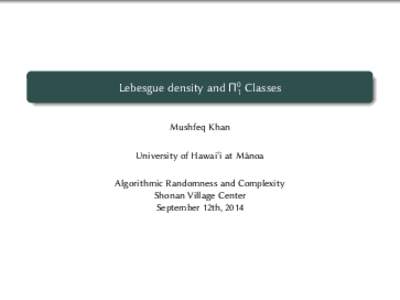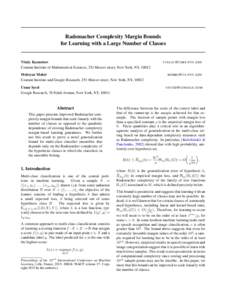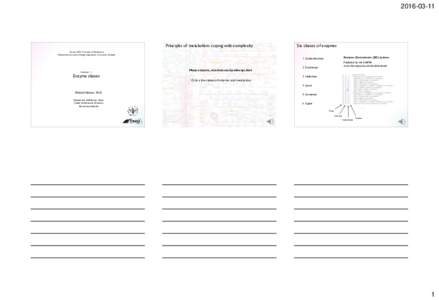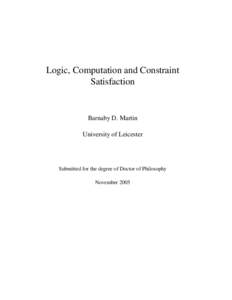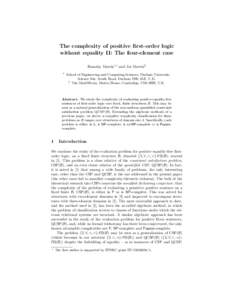<--- Back to Details
| First Page | Document Content | |
|---|---|---|
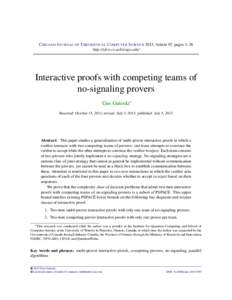 Date: 2013-07-24 10:11:20NEXPTIME IP NP Soundness KeY Logic programming Interactive proof system Zero-knowledge proof Theoretical computer science Applied mathematics Complexity classes |
Add to Reading List |
 Interactive proofs with competing teams of no-signaling provers
Interactive proofs with competing teams of no-signaling provers